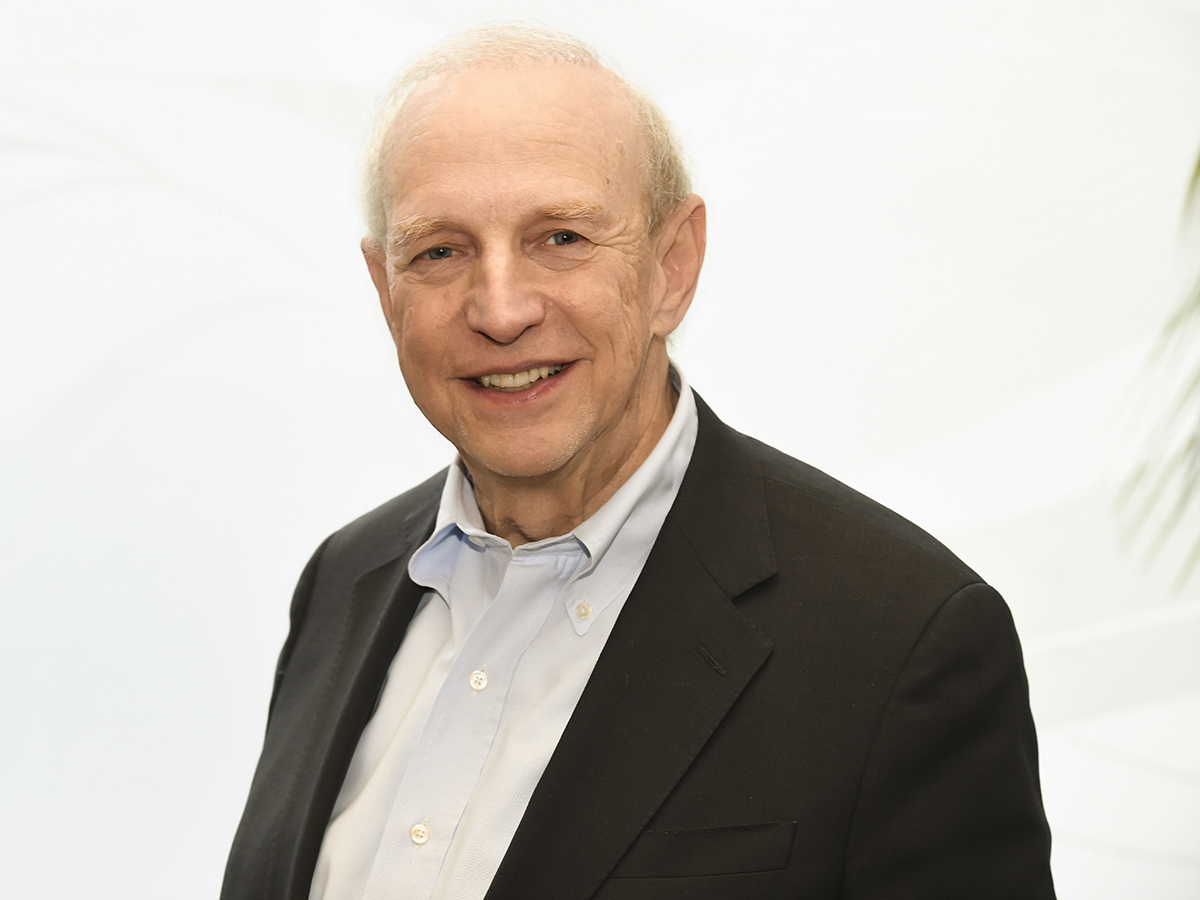

Features such as automatic enrolment in 401(k) savings plans are helping U.S. employees become retirement ready, said Mark Iwry, a non-resident senior fellow at the Brookings Institution and a former senior advisor to the U.S. Secretary of the Treasury for national retirement and health policy, during a session at Benefits Canada’s 2024 Defined Contribution Plan Summit in February.
The Secure 2.0 Act of 2022 contains several provisions to enhance the U.S. retirement system and boost retirement savings, including a requirement for plan sponsors to automatically enrol new employees into their workplace retirement plans, including capital accumulation plans such as 401(k)s. Iwry was involved in numerous U.S. retirement policy initiatives and reforms, many of which have been expanded by or otherwise featured in the recent legislation.
Read: New U.S. pension law strengthening retirement savings for workers
Auto-enrolment is particularly important as more U.S. companies move away from traditional defined benefit and DC pension plans in favour of 401(k)s, resulting in a flight from employer responsibility for members’ retirement savings.
“Many [plan sponsors] have resorted to . . . employee-directed investments among a menu defined by the employer, often traditionally without decent defaults. . . . We’ve allowed ourselves in the U.S. to leave behind even the classic DC plan where the employer would fund the plan.”
Auto features are particularly important for workers who have been disproportionately impacted by this shift to self-directed retirement investments, including women, lower-wage earners and members of the Black, Indigenous and people of colour communities, said Iwry.
Read: Younger 401(k) participants struggling with emergency savings, student debt: survey
“The result [of the shift toward 401(k)s] is not just that we have expanded the system in a direction that gives little guidance and less protection to workers than they used to have. We’ve also continued to neglect [a large segment] of the workforce.”
As a result of auto-enrolment legislation, millions of workers who wouldn’t be saving for retirement are now participating in a workplace retirement plan, he said, adding the expansion of auto features in the Canadian retirement landscape would likely have a similar impact.
“What a hero that provincial regulator would be who takes that first step and says ‘OK, here in Ontario or Saskatchewan, we’ll try it for three years. We’ll see how it works and if it threatens any workers, we’ll shut it down. It’ll sunset automatically.’ We’re recognizing that there’s another worker benefit that’s being potentially blocked by an overbroad interpretation of our law.”
Read more coverage of the 2024 DC Plan Summit.
